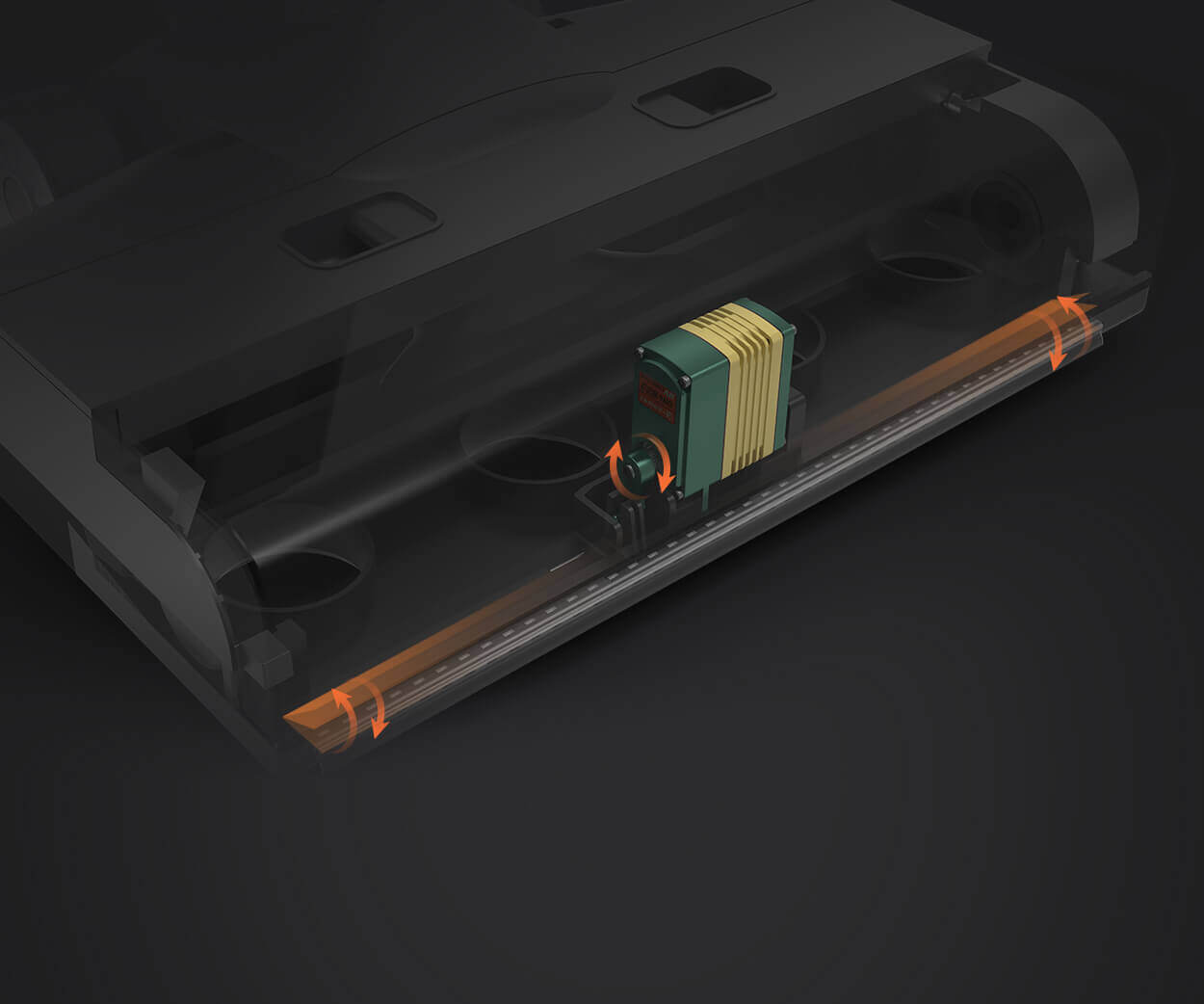part 1: In the realm of creative building and robotics, LEGO Power Functions servo motors have emerged as a game-changer. They symbolize more than just a motor; they’re the key to transforming static models into dynamic, interactive masterpieces. Whether you're an experienced builder or just starting your journey into robotics, understanding the capabilities and potentials of LEGO Power Functions servo motors can elevate your projects from simple constructions to complex mechanical marvels.

A brief history of LEGO Power Functions LEGO Power Functions, launched as a successor to the classic LEGO motor systems, was designed to bring more flexibility, precision, and control to LEGO enthusiasts. Unlike traditional motors that simply spin in one direction, servo motors within this system are known for their ability to precisely control angular rotation and position. This control is achieved through feedback mechanisms, making them ideal for applications requiring accuracy and responsiveness.
What exactly is a LEGO Power Functions servo motor? At its core, the LEGO Power Functions servo motor is a small yet powerful component that can rotate to a specified angle with regard to the input command. To understand its importance, think about typical motors—most just spin endlessly when powered. Servo motors, on the other hand, have built-in control circuitry that interpret signals and adjust the motor’s position accordingly. The result? Smooth, controlled movements that can be finely tuned.
Design features that set the LEGO servo motor apart LEGO’s servo motor is crafted with distinctive design traits to facilitate seamless integration into models. It’s compact, lightweight, and engineered for durability—an essential feature when building intricate LEGO vehicles, robots, or mechanisms that demand precision. Additionally, the LEGO system ensures compatibility, so multiple motors can work together in complex setups.
Application beyond basic movements While servo motors are often associated with simple back-and-forth motions, their strategic application within LEGO robotics opens a world of possibilities. For example, they can be used to operate doors, arms, steering mechanisms, or even delicate sensors—adding a layer of skill and realism to your LEGO projects.
Why choose LEGO Power Functions servo motors? The advantages are significant. Their high level of control simplifies automation tasks, making it easier for hobbyists, students, and inventors to breathe life into their models. The ease of integration into existing LEGO systems, combined with reliable performance and customizable responsiveness, means you’re not just building models—you’re programming experiences.
Building with purpose: practical tips Starting with LEGO Power Functions servo motors requires a bit of planning. Think about the motion you want to achieve—rotation angle, speed, power requirements—and select the appropriate motor. For complex projects, multiple servo motors can be synchronized for smooth multi-axis movement. Using compatible controllers, such as LEGO’s IR remote or third-party programmable units, enhances the precision and flexibility of your model.
The intersection of creativity and engineering One of the most compelling facets of LEGO Power Functions servo motors is how they blend engineering with creativity. They challenge builders to think critically about kinematics, control systems, and mechanical design—all within the accessible LEGO universe. Whether creating a robotic arm that mimics real-world machinery or designing a moving castle gate, the possibilities stretch beyond conventional building.
Community and innovation The LEGO community has long been a hotbed of innovation. Enthusiasts share their designs, troubleshoot issues, and push the boundaries of what's possible. The integration of servo motors has sparked a wave of inventive projects—from autonomous vehicles to intricate animatronics. The support and inspiration from this community fuel ongoing exploration.
Learning and experimentation Using LEGO Power Functions servo motors isn’t just about making cool models; it’s an educational journey. It introduces concepts of programming, electrical engineering, and physics in a hands-on way. Students and hobbyists alike find joy in experimenting—adjusting control parameters, troubleshooting mechanical issues, and seeing instant results.
Looking forward The evolution of LEGO Power Functions and servo motor technology continues to accelerate. With advancements in microcontrollers, sensor integration, and control algorithms, the future promises even more sophisticated and personalized robotic builds. As these innovations roll out, the boundary between imagination and mechanical realty continues to blur.
Would you like to proceed with the second part?
Leveraging innovations in modular drive technology, Kpower integrates high-performance motors, precision reducers, and multi-protocol control systems to provide efficient and customized smart drive system solutions.




































